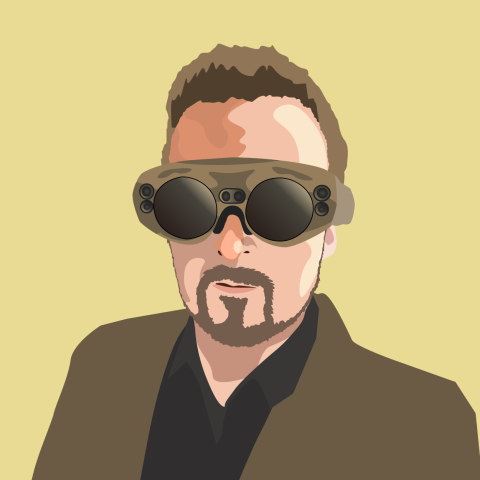What is Web3 and How Could it Disrupt Education?

Is it time to update your browser again? Do you need a new laptop to make it work? What happened to Web2 - did you miss that one?
Simply put, Web3 is quite literally the third iteration of the World Wide Web. It’s in its earliest days right now but social media has propelled it to early fame, perhaps somewhat prematurely. That being said, it is pretty much inevitable and for good reason but to properly understand what Web3, its benefits and what it could mean in education, we really do need to make sure we understand Web1 and Web2 first…
Web1 – the information economy
(Approx. 1989 – 2005)
The World Wide Web was created by British scientist Tim Berners-Lee in 1989. Its initial purpose was to facilitate automated information-sharing between scientists in universities and institutes around the world. It was quickly co-opted by companies who hired computing experts to harness the web for both internal and external information sharing.
This first iteration of the web was very much “read-only” as computer-literacy was broadly low and internet access was expensive. It was text-heavy and content was pretty static without any real interaction. The focus was on sharing information about companies, brands or organisations. Individual content creation in this period was limited though the tech-savvy did start to build out their own webpages (and what a mess they were) which ultimately led to the birth of MySpace, which itself became a precursor to Facebook and the dawn of Web2….
Web2 – the platform economy
(Approx. 2005 – present)
Web2 was the major evolution to the way that the world Wide Web was operated and how the internet as a whole was perceived by the world. As cost-of-access dropped, adoption rose and the Web became more than just a place to find information – it became about interacting and connecting with other people. Facebook, YouTube, Twitter and more were born, ushering in a new era of individuals both sharing and creating content.
It's also worth noting that this era saw a shift in where we stored information. Even before the term “The Cloud” became prevalent, people were essentially using it – whether that was uploading photos to Facebook or videos to YouTube. We were letting platforms store our information and data in exchange for the services they offered. This was not without its problems…. As we would come to realise years later when data privacy became more of a concern. We liked the connectivity and community of Web2 but we weren’t so keen on Big Tech holding all our stuff and controlling everything from the rules of access to the profit margins for content creation. This feeling has been bubbling for some time now, with more and more people calling for a change in the way that the Web is used.
Enter Web3…
Web3 – the ownership economy
(Approx. 2021 – ???)
Web3 represents the second major evolution of the World Wide Web, and it is just getting into gear right now. The focus of Web3 is clear: Decentralisation. Taking the power (and data) back from the tech giants that dominated Web2 and making it clear to them that they need to adapt to survive and accept that they may not get to make all the rules anymore.
This revolution will not be televised - it will transparent. Web3 leverages blockchain technology (the use of a decentralised network of computers (aka nodes) to ensure that no one person or entity can dominate the landscape and have control.) Web3 incorporates concepts like NFTs as provably unique digital assets, token-gated access to content and a connected Metaverse where people don’t just use a space, they OWN it. Underpinning this concept is also greater security since users are no longer reliant on the platforms of the past to store their content. Instead we will see peer-to-peer communities constructed upon a network of users.
Stay up to date
Subscribe to the free GESS Education newsletter and stay updated with the latest insights, trends, and event news every week. Your email address will remain confidential


